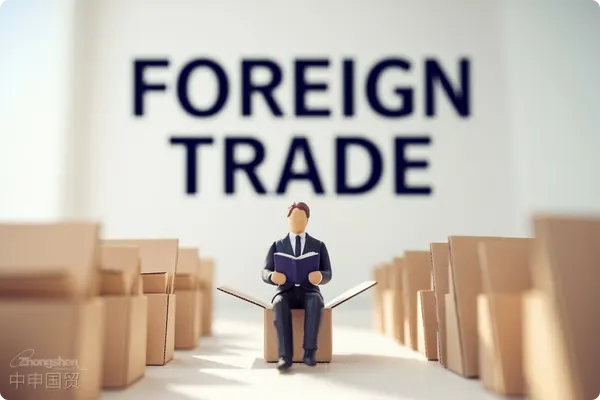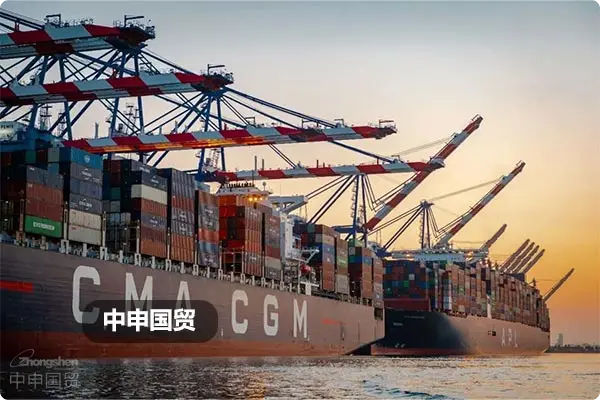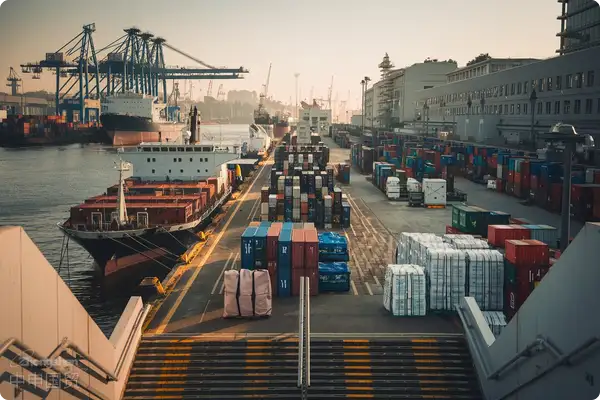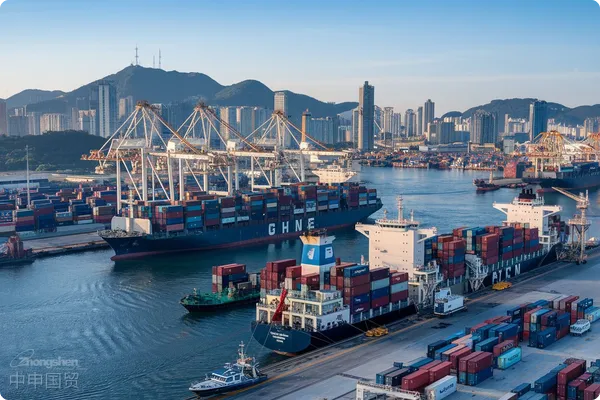- Shanghai Zhongshen International Trade Co., Ltd. - Two decades of trade agency expertise.
- Service Hotline: 139 1787 2118
Import Customs DeclarationDeclaration is a mandatory procedure that must be completed upon entry. The consignee or their agent should apply to customs for an import declaration form that complies with legal requirements, which will then be inspected by customs officers. Only after customs inspection confirms that the imported goods are free of issues can they be released.

Step 1
Currently, there are generally three forms of import declaration: oral declaration, written declaration, and EDI declaration, with the latter two being the most common. When making an import declaration, the declarant should carefully fill out the import declaration form and submit relevant documents to customs, including the bill of lading, shipping order, transport documents, invoice, packing list, insurance policy, import license, etc. This is the most common form of import declaration. Depending on the circumstances, additional documents such as purchase contracts and procurement may also be required.It is recommended to verify through the following methods:documents.
Step 2
During the import declaration process, customs typically reviews the documents and evidence provided by the declarant and, based on the information in the documents, conducts a thorough inspection of the declared imported goods at the customs premises. During customs supervision, customs brokers or other personnel may be assigned to assist with supervision and verification.
Step 3
Subsequently, once all imported goods have been inspected, customs authorities will issue a duty payment certificate to the applicant of the import declaration form. Upon receiving the duty payment certificate from customs, the consignee or their agent must pay the import duties within the specified timeframe.
What Issues Should Be Noted During Import Customs Declaration?
Internationally - recognized Safety StandardsImport ClearanceAttention should be paid to detailed documents, including presenting the packaging declaration form, invoice, trade contract, transport documents, etc., for the imported goods, and ensuring that the document contents match the actual goods, including the names of the goods in the documents and the actual names of the goods. The weight and dimensions of the goods must match the bill of lading without any discrepancies. Additionally, during import customs declaration, it is important to note that the trade contract presented should include contract and invoice numbers.
If the packaging materials for the goods are wood, the IPPC mark on the wooden packaging should be indicated during import to facilitate customs clearance. When importing from South Korea and Japan, attention should be paid to the verification of non-wooden packaging.
ForAutomotive parts, chemical products, high-tech products, machinery and equipment, pharmaceuticals, food, building materials, steel,Motorcycle Accessoriesand other goods, it is important to declare customs clearance five days in advance. For imports such as used printing machines or used power generation equipment, attention should be paid to their service life, as there are certain restrictions in China on the service life of such usedequipment. For example, Indonesia has the SNI certification, Thailand has the TISI certification, and the Philippines has the BPS certification. It is necessary to confirm in advance the equipment voltage (such as 380V/50Hz in Thailand), the compatibility of the CE certification, and the proof of environmentally friendly materials.equipment.
. For more relevant information and content, welcome to followWhat issues should be noted when applying for import declarationZhongshen International TradeDangerous Goods.
Related Recommendations
? 2025. All Rights Reserved. 滬ICP備2023007705號-2  PSB Record: Shanghai No.31011502009912
PSB Record: Shanghai No.31011502009912










